DECAY - PRODUCT OBSOLESCENCE AND DESIGN STRATEGIES
Final Thesis - Ecology and Design
Final Thesis - Ecology and Design
Decay is a natural process of destruction, but it has positive effects on the planet’s ecosystem and has a potential to produce genuine products. A discussion about decay naturally leads to examination of product life cycles and therefore product obsolescence. Product obsolescence, or the state in which a product looses its usefulness, desirability or technological functionality is of great importance for design and the development of products. Determining how long a product might be used or might function correctly is a crucial task within the design process. The inevitable obsolescence of products is influenced by various factors, like functionality, quality of materials used, durability and of course, whether it can be considered “state of the art”. Although perfectly functional, a product might be discarded by its user for another of equal functionality but with a more modern or unique appeal. How quickly a product is discarded and replaced, depends on the way it is designed. In other words, product obsolescence is dependent on the design strategy that is used to develop the product. The purpose of this thesis was to understand the various stages of product obsolescence and its implications on sustainable design approaches. An evaluation and comparison of various classical, contemporary and visionary design strategies was conducted, comparing the feasibility and sustainability of these various strategies. The strategies were categorized by their core intention and motivation. Three product concepts were developed to visualize the differences between these strategies. The reference product, a classical TV remote controller, stands for electronic equipment that is discarded in an exponentially rising rate. The concepts give an overview of the possibilities and restrictions of classical and sustainable design strategies, and can help increase awareness amongst designers about product obsolescence and its consequences.
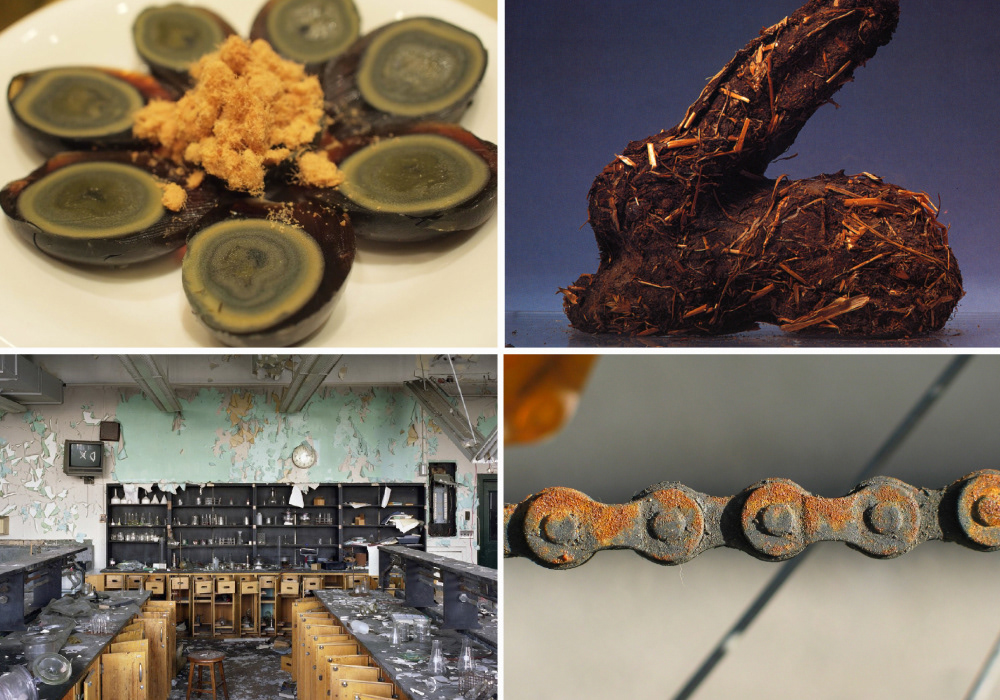
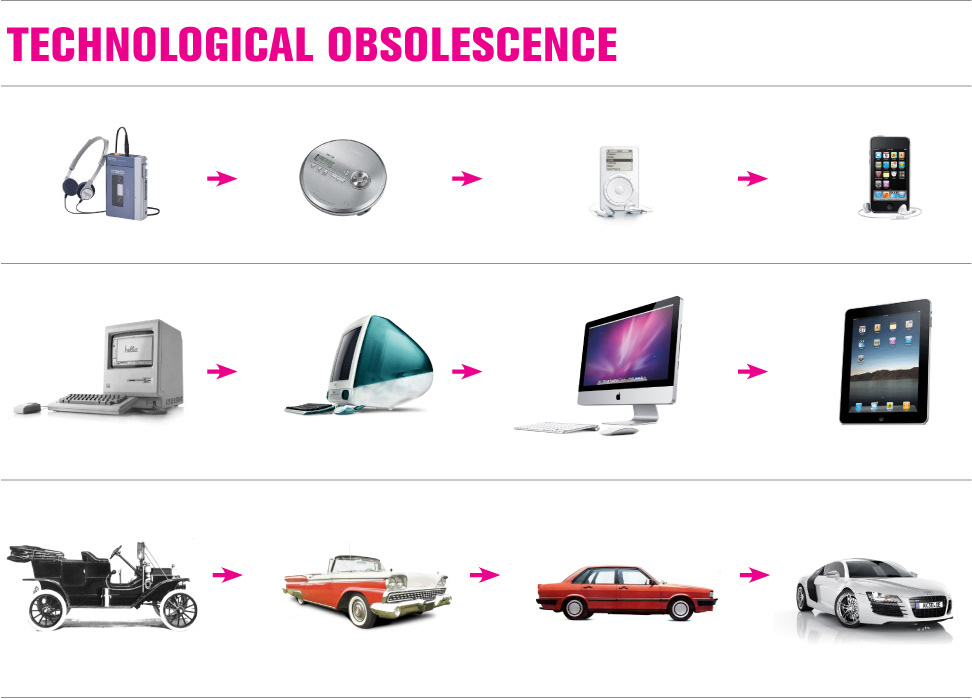
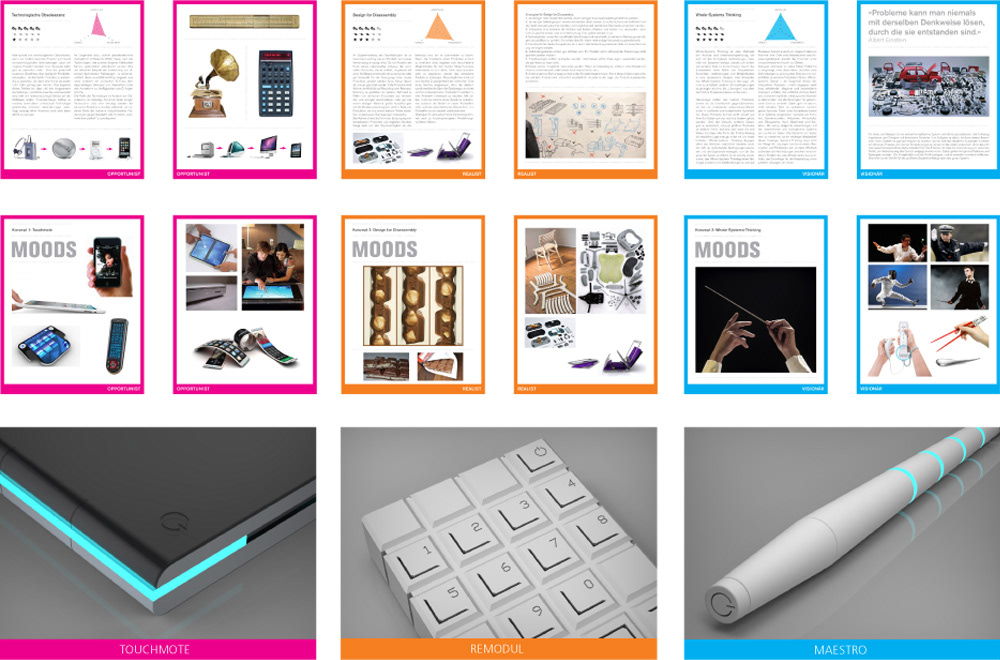
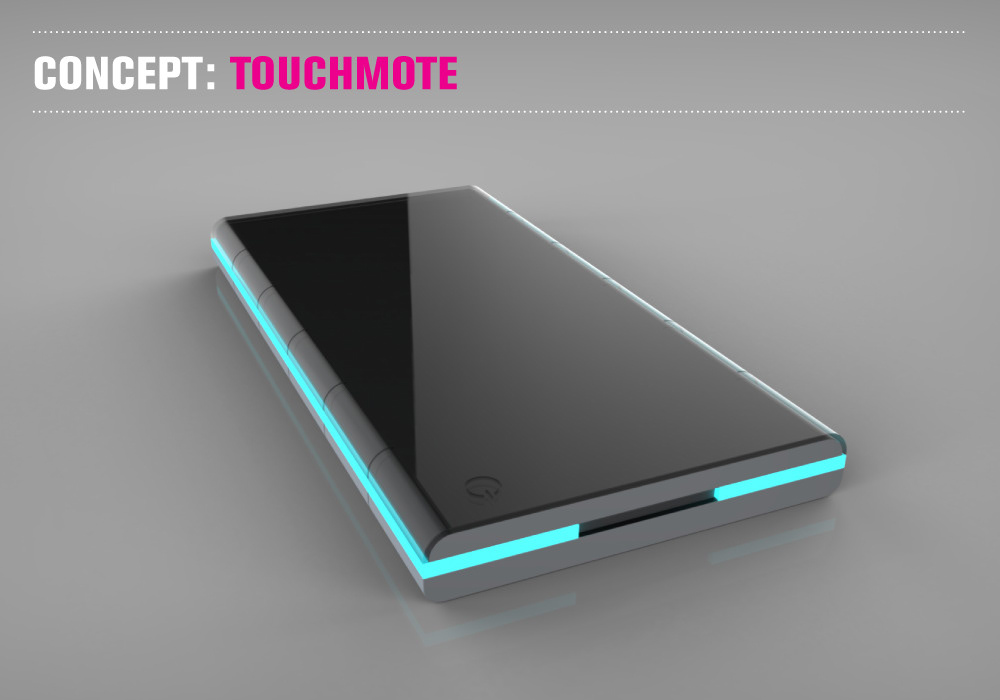
This concept was developed following the opportunistic strategy of technological obsolescence.
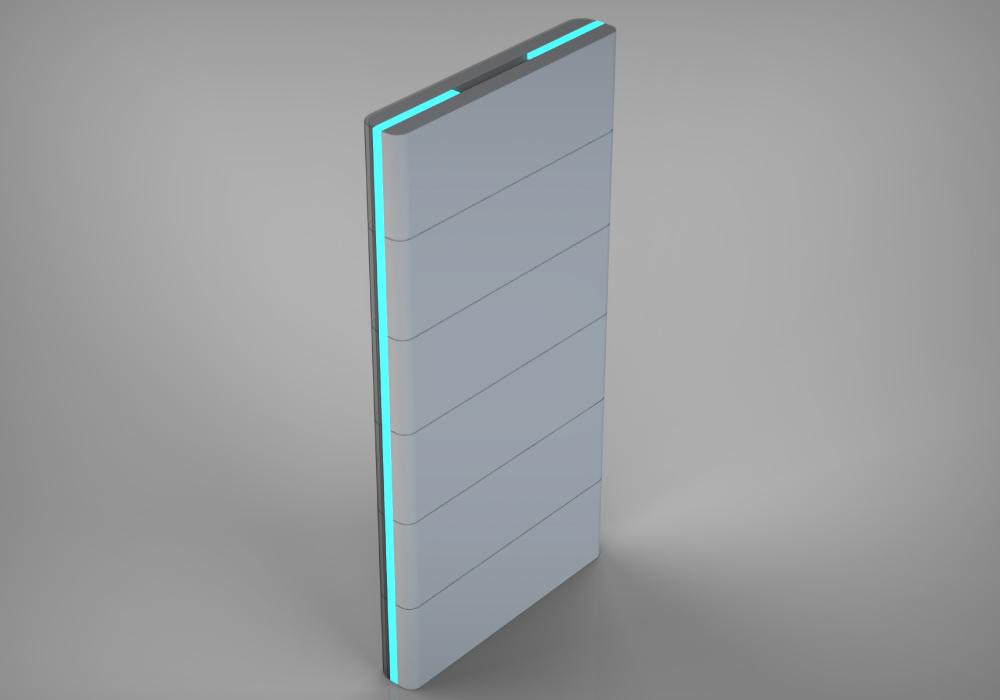
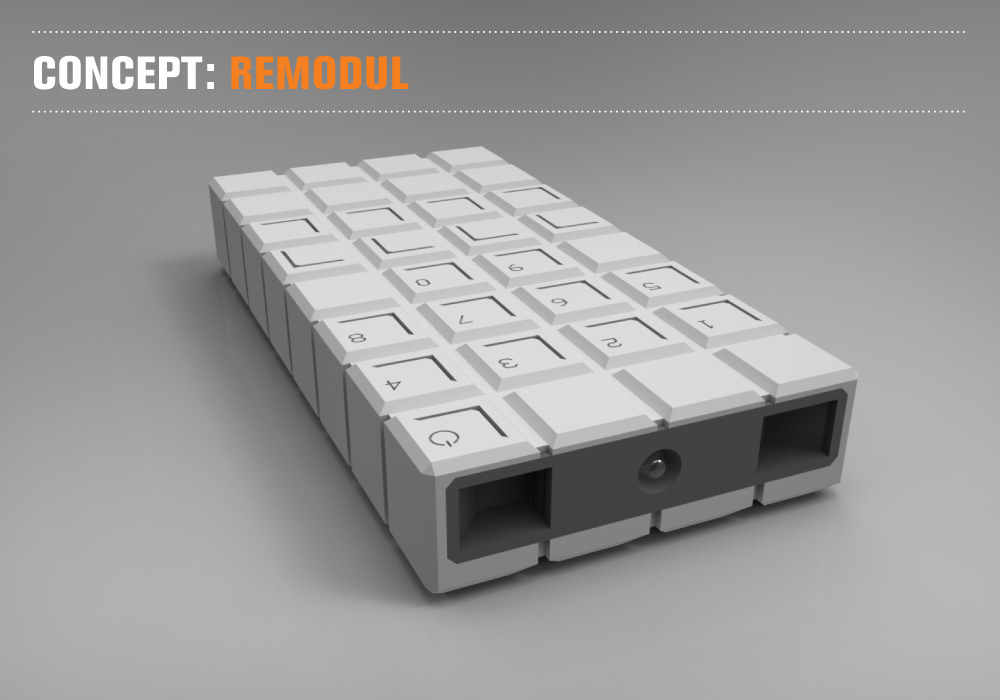
The realistic strategy of design for disassembly was used to develope the concept of this two component remote control.
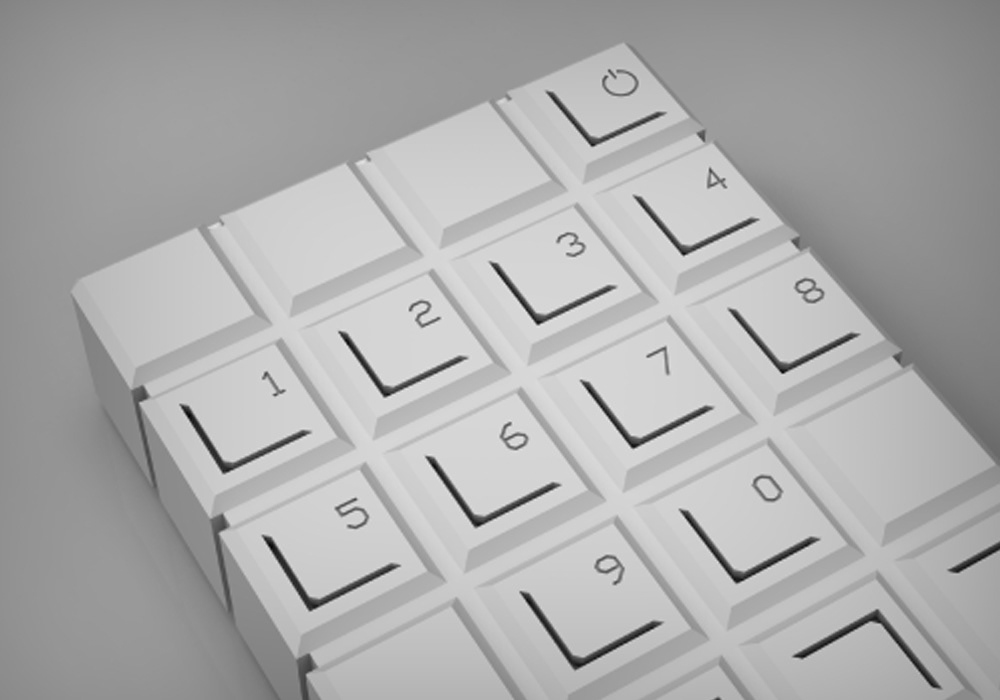
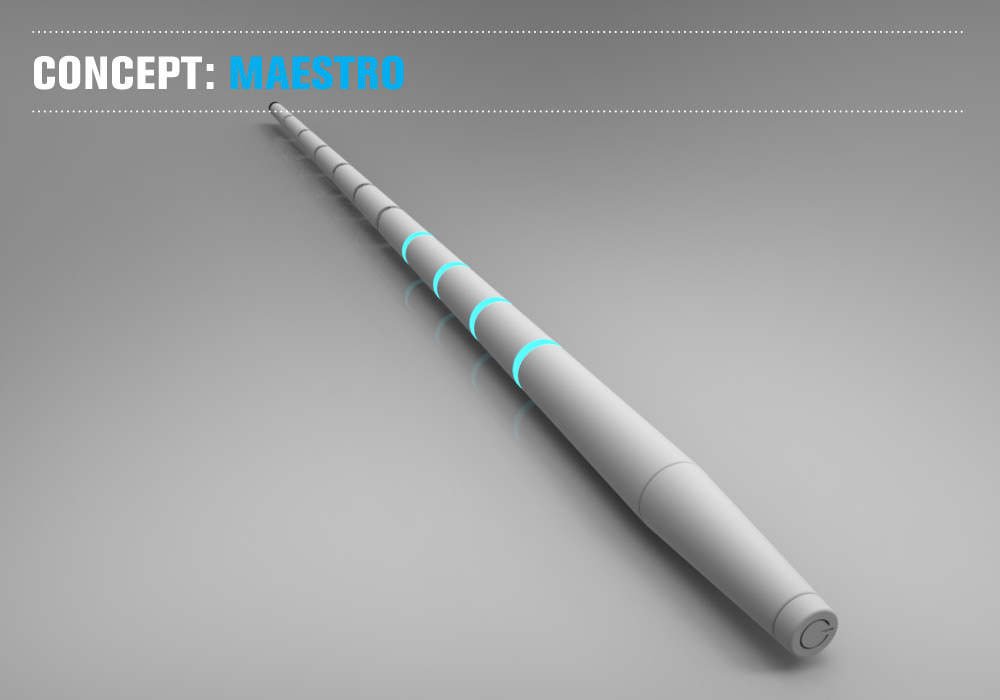
Maestro was developed by looking at the world through the perspective of whole - systems thinking, a visionary design strategy.
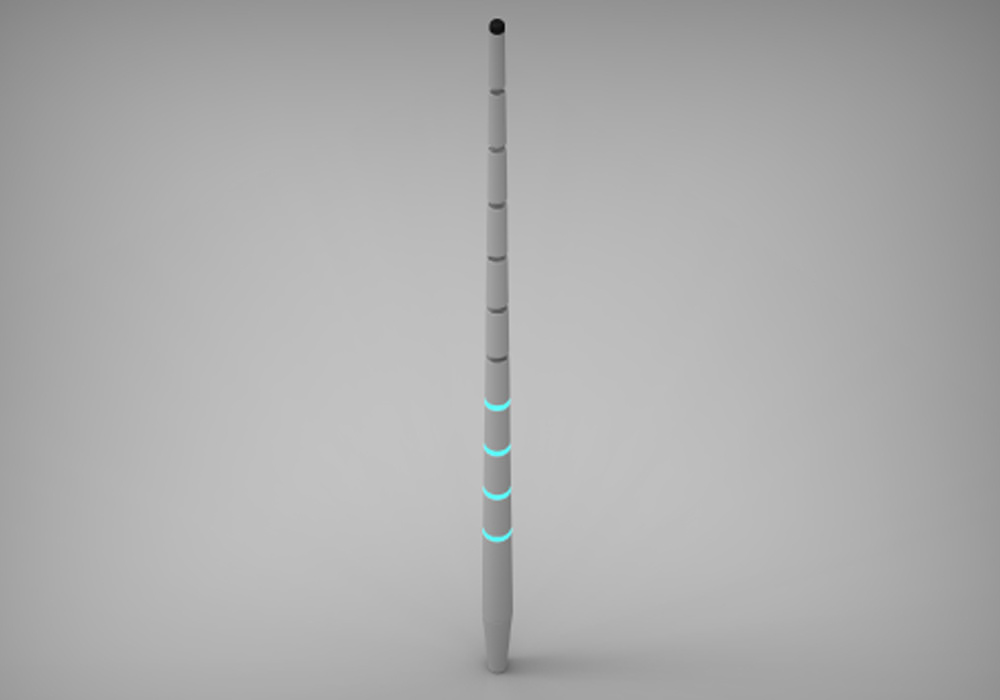
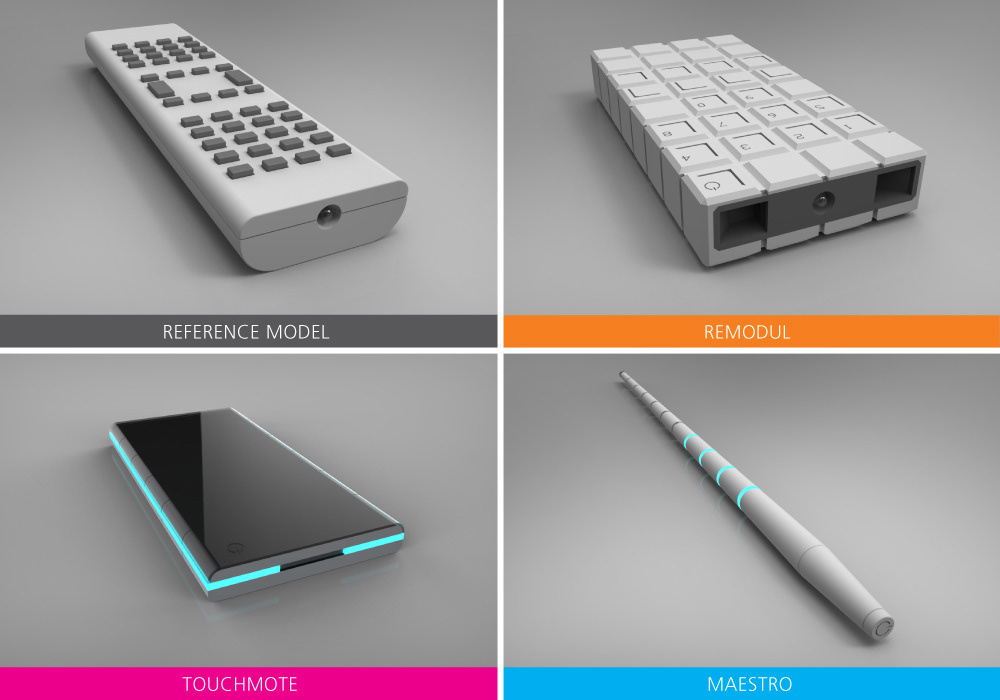
Overview of the concepts in contrast to the reference model of a traditional remote control.
